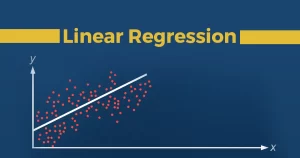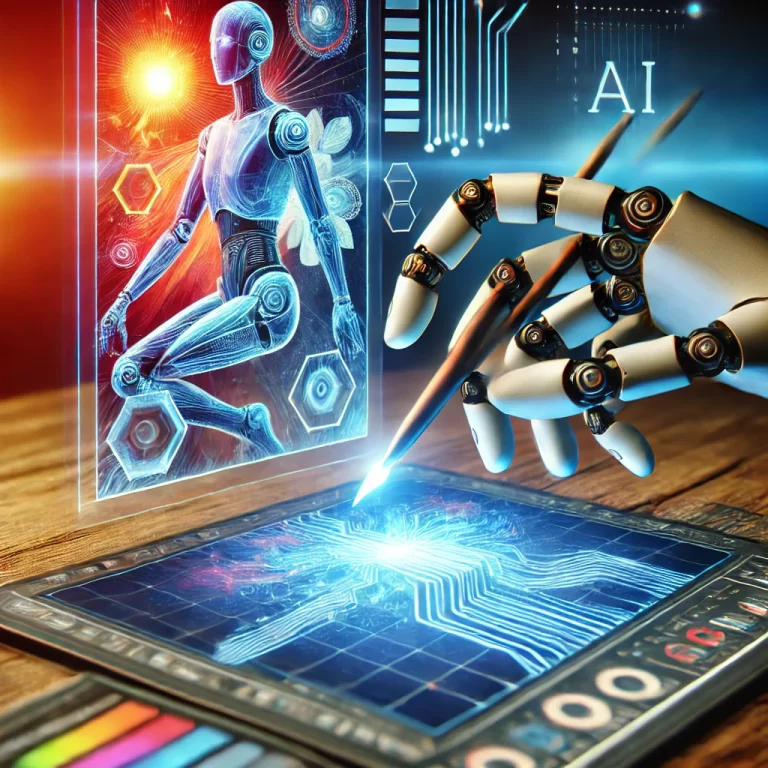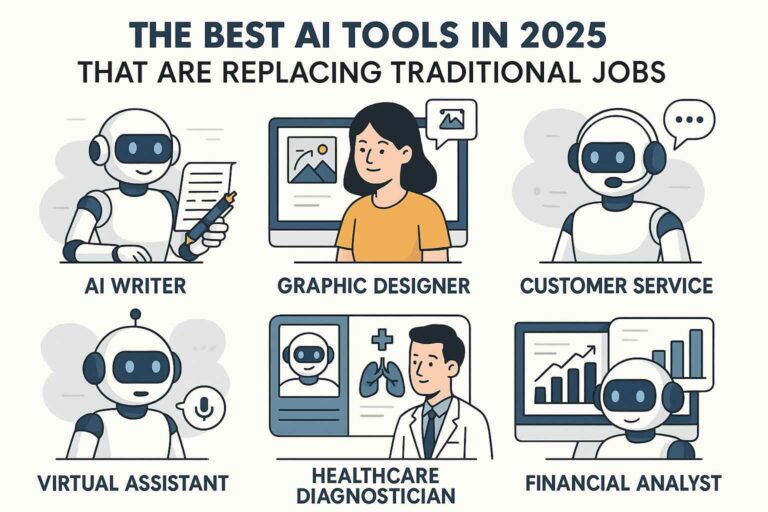Satya Nadella, the CEO of Microsoft since 2014, stands as a paragon of modern corporate leadership. Under his guidance, Microsoft has transformed into a leading force in the technology sector, embracing innovation and fostering a culture of empathy and continuous learning. This article delves into Nadella’s background, qualifications, experiences, leadership qualities, and the invaluable lessons we can glean from his journey.
1. Early Life and Background
Born on August 19, 1967, in Hyderabad, India, Satya Narayana Nadella grew up in a household that valued education and intellectual curiosity. His father, Bukkapuram Nadella Yugandhar, was a civil servant of the Indian Administrative Service, and his mother, Prabhavati, was a Sanskrit lecturer. This environment cultivated Nadella’s early interest in learning and problem-solving.
Education
Nadella’s educational journey began in Hyderabad Public School, where he demonstrated an early aptitude for science and technology. He pursued a Bachelor’s degree in Electrical Engineering from the Manipal Institute of Technology, part of Mangalore University, in India. During his time at Manipal, Nadella was known for his inquisitive nature and dedication to understanding the intricacies of engineering.
Seeking to broaden his horizons, Nadella moved to the United States to further his education. He earned a Master’s degree in Computer Science from the University of Wisconsin-Milwaukee. His time there was pivotal, providing him with a deep understanding of computer science fundamentals and exposing him to cutting-edge research and innovation.
Nadella’s educational journey did not stop there. He later pursued a Master of Business Administration (MBA) from the University of Chicago Booth School of Business. This combination of technical expertise and business acumen would prove to be a powerful asset in his future career.
2. Early Career and Microsoft Journey
Early Career
Before joining Microsoft, Nadella worked at Sun Microsystems, a company known for its high-performance computer components and software. His role at Sun Microsystems provided him with valuable industry experience and a solid foundation in the tech world.
Joining Microsoft
In 1992, Nadella joined Microsoft, marking the beginning of a journey that would span over two decades before he ascended to the role of CEO. His initial role was in the Windows Developer Relations group, where he worked on the development and marketing of Windows NT. This role allowed Nadella to demonstrate his technical prowess and ability to bridge the gap between development and marketing.
Key Roles and Achievements
Nadella’s rise within Microsoft was marked by a series of strategic roles that showcased his versatility and leadership potential. Some of the key positions he held include:
- Senior Vice President of Research and Development for the Online Services Division: In this role, Nadella was responsible for leading the development of Microsoft’s search and advertising products, including Bing. His work in this division demonstrated his ability to drive innovation and navigate the complexities of the online services market.
- President of Microsoft’s Server and Tools Business: Nadella’s leadership in this division was instrumental in transforming Microsoft’s approach to enterprise services. He led the development of cloud infrastructure, which laid the groundwork for Microsoft Azure. Under his leadership, the Server and Tools Business grew significantly, contributing to Microsoft’s overall success.
Ascension to CEO
On February 4, 2014, Satya Nadella was named the CEO of Microsoft, succeeding Steve Ballmer. His appointment came at a time when Microsoft was facing significant challenges, including competition from other tech giants and the need to adapt to the rapidly changing technological landscape. Nadella’s vision for Microsoft centered around cloud computing, artificial intelligence, and a renewed focus on empathy and collaboration.
3. Leadership Qualities
Satya Nadella’s leadership style is characterized by a unique blend of empathy, humility, and a relentless drive for innovation. Here are some key aspects of his leadership:
Visionary Thinking
Nadella’s tenure as CEO has been marked by a clear and forward-thinking vision. He recognized early on the potential of cloud computing and artificial intelligence to reshape industries and drive growth. Under his leadership, Microsoft has invested heavily in these areas, positioning itself as a leader in the cloud market with Azure and leveraging AI to enhance its products and services.
Empathy and Inclusivity
One of the most distinctive aspects of Nadella’s leadership is his emphasis on empathy and inclusivity. He has been a vocal advocate for creating a corporate culture that values diversity and inclusion. Nadella believes that a diverse workforce is essential for fostering innovation and better understanding the needs of a global customer base. This commitment to inclusivity has been reflected in Microsoft’s policies and initiatives aimed at promoting diversity and equality within the organization.
Growth Mindset
Nadella’s embrace of the growth mindset philosophy, popularized by psychologist Carol Dweck, has had a profound impact on Microsoft’s corporate culture. The growth mindset encourages individuals to view challenges as opportunities for learning and development. Under Nadella’s leadership, Microsoft has fostered a culture where employees are encouraged to take risks, learn from their failures, and continuously strive for improvement.
Customer-Centric Approach
Nadella has consistently emphasized the importance of putting customers at the center of Microsoft’s strategy. He believes that understanding and addressing customer needs is crucial for driving innovation and achieving long-term success. This customer-centric approach has led to the development of products and services that are more aligned with the needs of users and businesses.
Humility and Learning
Despite his success, Nadella remains humble and committed to continuous learning. He often speaks about the importance of being a lifelong learner and staying curious. This humility and willingness to learn from others have earned him respect and admiration both within and outside of Microsoft.
4. Transforming Microsoft
Under Nadella’s leadership, Microsoft has undergone a remarkable transformation. Here are some key areas where his influence has been particularly impactful:
Cloud Computing
One of Nadella’s most significant achievements as CEO has been the transformation of Microsoft into a cloud-first company. Recognizing the potential of cloud computing early on, he shifted the company’s focus towards Azure, Microsoft’s cloud platform. This strategic pivot has paid off tremendously, with Azure becoming one of the leading cloud service providers globally. Microsoft’s cloud revenue has seen substantial growth, and the company is now a major player in the cloud market, competing with the likes of Amazon Web Services (AWS) and Google Cloud.
Artificial Intelligence
Nadella has also placed a strong emphasis on artificial intelligence (AI) as a key driver of innovation. Microsoft has integrated AI across its product portfolio, from enhancing the capabilities of its Office suite to developing advanced AI solutions for businesses. The company’s AI research and development efforts have led to breakthroughs in natural language processing, computer vision, and machine learning, positioning Microsoft as a leader in the AI space.
Open Source and Collaboration
Under Nadella’s leadership, Microsoft has embraced open-source technologies and fostered a culture of collaboration. This shift was evident in the company’s acquisition of GitHub, a popular platform for software development and collaboration. By supporting open-source initiatives and promoting interoperability, Microsoft has strengthened its relationships with developers and the broader tech community.
Financial Performance
Nadella’s strategic vision and leadership have had a positive impact on Microsoft’s financial performance. The company’s market capitalization has soared, making it one of the most valuable companies in the world. Microsoft’s revenue and profitability have also seen significant growth, driven by the success of its cloud and enterprise businesses.
5. Lessons from Satya Nadella
Satya Nadella’s journey offers valuable lessons for leaders and aspiring professionals across various fields. Here are some key takeaways:
Embrace Change and Innovation
Nadella’s success underscores the importance of embracing change and staying ahead of technological trends. His ability to recognize the potential of cloud computing and AI early on allowed Microsoft to pivot strategically and thrive in a competitive market. Leaders should be open to exploring new opportunities and willing to adapt their strategies in response to evolving industry dynamics.
Foster a Culture of Empathy and Inclusion
Nadella’s emphasis on empathy and inclusivity highlights the importance of creating a supportive and diverse workplace. Leaders should prioritize understanding the needs and perspectives of their employees and customers. By fostering an inclusive culture, organizations can drive innovation, enhance employee satisfaction, and build stronger relationships with their stakeholders.
Encourage Continuous Learning
Nadella’s commitment to continuous learning and the growth mindset philosophy serves as a reminder that personal and professional development is an ongoing journey. Leaders should encourage their teams to embrace challenges, learn from failures, and continuously seek opportunities for growth. By fostering a culture of learning, organizations can cultivate a resilient and adaptable workforce.
Prioritize Customer-Centricity
Putting customers at the center of business strategies is crucial for long-term success. Nadella’s focus on understanding and addressing customer needs has been instrumental in driving Microsoft’s innovation and growth. Leaders should prioritize building strong relationships with customers, actively seeking feedback, and delivering solutions that add value.
Lead with Humility
Nadella’s humility and willingness to learn from others have been key to his effective leadership. Leaders should approach their roles with humility, recognizing that they can learn from their teams, peers, and external stakeholders. By fostering a culture of respect and collaboration, leaders can inspire trust and loyalty within their organizations.
6. Beyond Microsoft: Nadella’s Impact on the Tech Industry
Satya Nadella’s influence extends beyond Microsoft, impacting the broader technology industry in significant ways. His leadership has set new benchmarks for how tech companies can navigate complex challenges and drive meaningful innovation.
Championing Ethical AI
Nadella has been a vocal advocate for the ethical use of AI. He believes that AI should be developed and deployed in a manner that respects privacy, fairness, and transparency. Under his guidance, Microsoft has established principles for responsible AI and invested in research and initiatives aimed at ensuring that AI technologies are used for the greater good. This commitment to ethical AI sets a standard for the industry and encourages other tech companies to prioritize responsible practices.
Promoting Digital Inclusion
Nadella’s vision for technology includes a strong focus on digital inclusion. He believes that technology should be accessible to everyone, regardless of their background or location. Microsoft has launched various initiatives to bridge the digital divide, providing access to technology, education, and resources to underserved communities. By promoting digital inclusion, Nadella is helping to create a more equitable and connected world.
Driving Sustainability
Under Nadella’s leadership, Microsoft has made significant strides in sustainability. The company has committed to becoming carbon negative by 2030 and has implemented various initiatives to reduce its environmental footprint. Microsoft’s sustainability efforts include investments in renewable energy, water conservation, and reducing carbon emissions. Nadella’s commitment to sustainability sets a positive example for the tech industry and demonstrates how companies can contribute to addressing global environmental challenges.
Collaboration and Partnerships
Nadella’s approach to leadership emphasizes the importance of collaboration and partnerships. He believes that solving complex global challenges requires cooperation between businesses, governments, and non-profit organizations. Microsoft has formed strategic partnerships with various entities to address issues such as cybersecurity, healthcare, and education. Nadella’s focus on collaboration highlights the potential for collective efforts to drive positive change and innovation.
7. Personal Insights and Philosophy
Beyond his professional achievements, Nadella’s personal insights and philosophy provide valuable lessons for individuals striving for success and fulfillment. Here are some key aspects of his personal approach:
Balancing Work and Life
Nadella emphasizes the importance of balancing work and personal life. He believes that maintaining a healthy work-life balance is crucial for overall well-being and effectiveness. Nadella’s approach includes setting boundaries, prioritizing self-care, and making time for family and personal interests. This balanced approach allows him to lead with clarity and purpose.
Lifelong Learning
Nadella’s commitment to lifelong learning is evident in his continuous pursuit of knowledge and self-improvement. He encourages individuals to remain curious, seek new experiences, and embrace opportunities for growth. Nadella’s dedication to learning serves as a reminder that personal and professional development is a continuous journey that requires an open mind and a willingness to explore new horizons.
Leading with Empathy
Nadella’s leadership philosophy is deeply rooted in empathy. He believes that understanding and valuing the perspectives of others is essential for effective leadership. Nadella’s empathetic approach fosters strong relationships, enhances collaboration, and creates a positive and inclusive work environment. His emphasis on empathy highlights the importance of compassion and understanding in leadership.
Resilience and Perseverance
Nadella’s journey to becoming CEO of Microsoft was not without challenges. His resilience and perseverance in the face of obstacles have been key to his success. Nadella’s story underscores the importance of staying determined, learning from setbacks, and continuing to strive for excellence. His resilience serves as an inspiration for individuals facing their own challenges and pursuing their goals.
Conclusion
Satya Nadella’s leadership at Microsoft has been nothing short of transformative. His visionary thinking, emphasis on empathy and inclusivity, and commitment to innovation have not only revitalized Microsoft but have also set new standards for leadership in the tech industry. Nadella’s journey from Hyderabad to the helm of one of the world’s most influential companies is a testament to the power of education, perseverance, and a growth mindset.
As we reflect on Nadella’s achievements and philosophy, there are valuable lessons to be learned for leaders, professionals, and individuals striving for success. Embracing change, fostering a culture of empathy, prioritizing continuous learning, and leading with humility are key principles that can drive meaningful impact and positive change.
Satya Nadella’s story is a beacon of inspiration, demonstrating that with vision, empathy, and a commitment to learning, we can overcome challenges and create a brighter future. His legacy at Microsoft and beyond serves as a reminder of the transformative power of leadership grounded in empathy, innovation, and a relentless pursuit of excellence.












